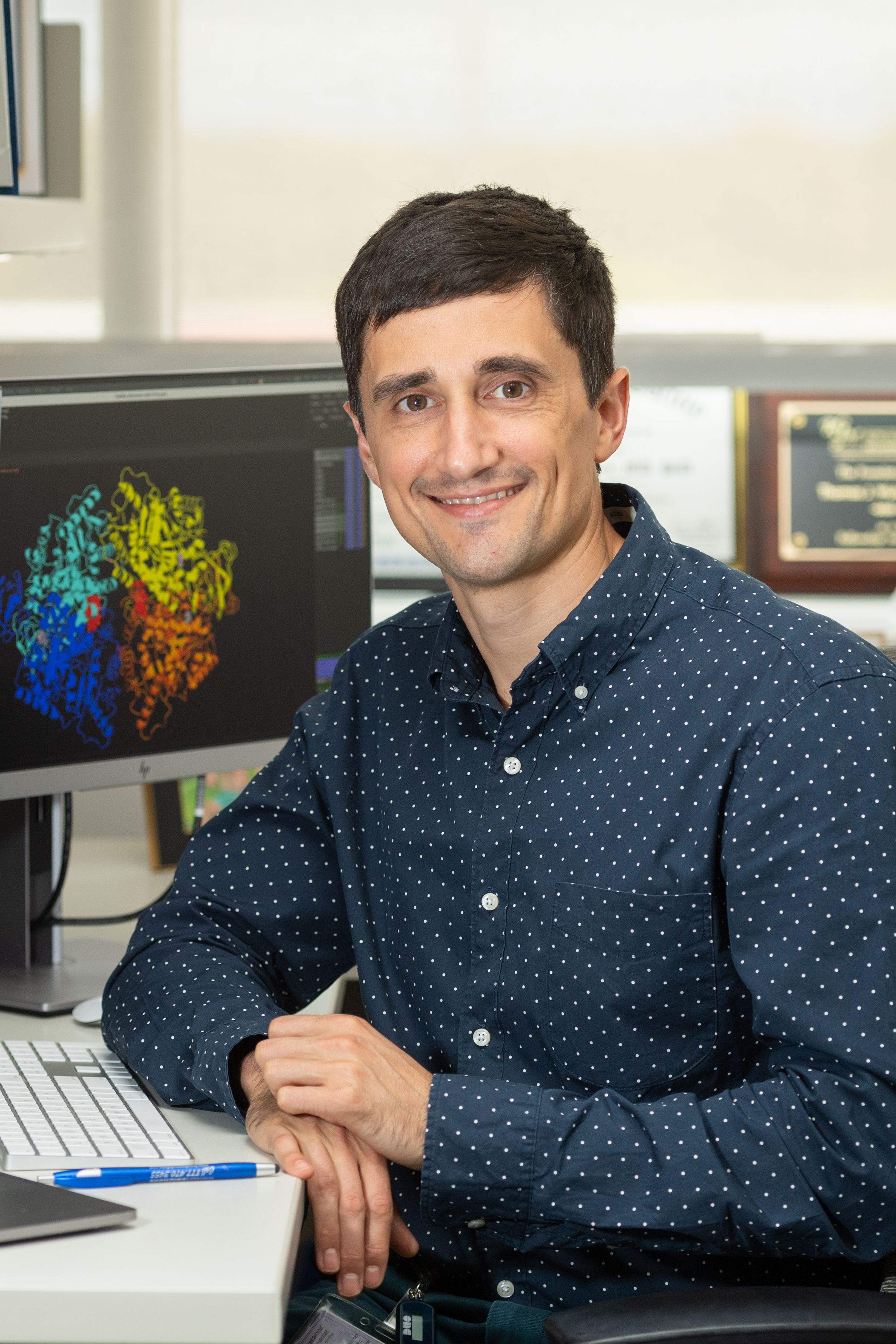
2 minute read
Solving the Energy Crisis of AMD
Most diseases, including age-related macular degeneration (AMD), have a metabolic component. So manipulating metabolic pathways might be a possible treatment to preserve vision. Within the outer retina, a delicate balance must be maintained between the energy needs of the retinal pigment epithelium (RPE) and photoreceptors (PRs). A disturbance in this balance is associated with AMD.
While the link between RPE metabolism and AMD is well-documented, far less is known about PR metabolism in AMD. New research by Thomas Wubben, M.D., Ph.D., at the Kellogg Eye Center will address this critical knowledge gap. “We know that PR metabolism requires a lot of energy,” explains Dr. Wubben. “And we suspect that a disruption or uncoupling of the RPE/PR metabolic balance may be driven by PRs’ metabolic adaptations. Resolving this energy crisis in the outer retina has the potential to block the progression of AMD.”
For this study, Dr. Wubben will fine tune an approach he previously developed in which PR metabolism is modulated by activating the target enzyme PKM2 in a model of AMD. The goal is to demonstrate that this approach can restore a healthy PR/ RPE metabolic balance and prevent PR loss. “We hope this research will point to new therapeutic targets to potentially transform how this blinding disease is treated,” he says. Dr. Wubben’s work is being supported by a Career Development Award from the Foundation Fighting Blindness, and a Bright Focus New Investigator Grant.










